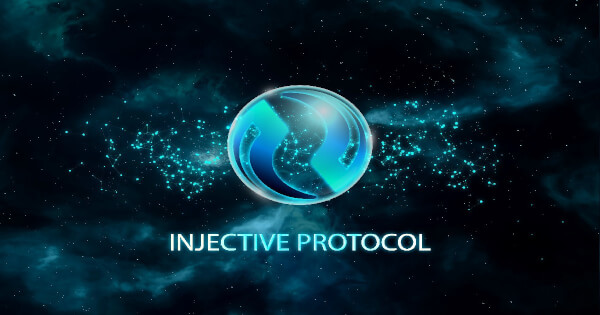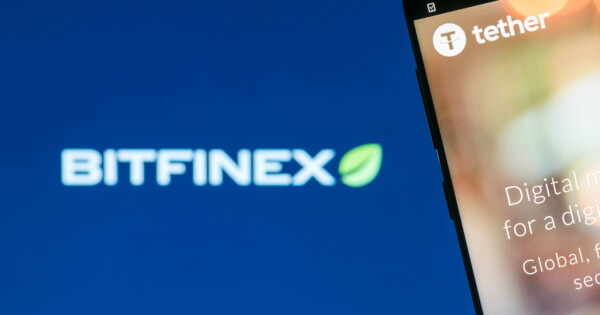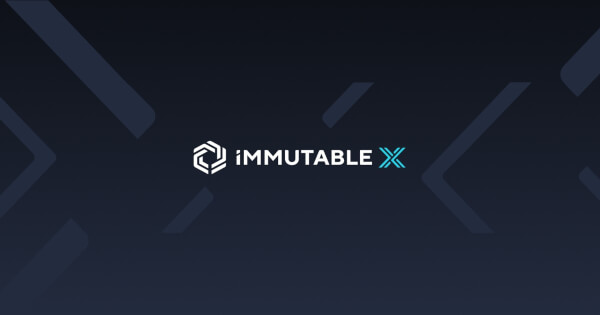In May 2021, Chainlink (LINK) entered the list of the world’s top 10 cryptocurrencies after topping the market cap of $50 billion for the first time in its history. Once ranked as the 5th most valuable cryptocurrency in the world, LINK is now trading at around $6, which is down by almost 88% in 12 months. The scenario is not different across other DeFi assets as Uniswap (UNI) and Aave (AAVE) faced a similar situation.
While the overall crypto market witnessed a major correction in the past 7 months, the sell-off across the DeFi market was the worst among altcoins. So, is it safe to say that DeFi mania is finally over? Or is it another bumpy ride in their journey toward mass adoption? Brian Pasfield, the CTO of Fringe Finance, believes that without real use cases, it is extremely difficult for most DeFi tokens to survive in the market.
“Just like you can't throw all cryptocurrencies in one bag, you can't do this when it comes to tokens as varied as Chainlink, Compound, Aave, Uniswap, etc. Regardless of how popular the platforms these tokens govern are, the truth is that, without a real use case, a token does not have a reason to hold value in and out of itself,” Pasfield told Finance Magnates.
The issue with the DeFi market is that it is not showing any signs of recovery. While other crypto-assets like XRP, Cardano (ADA) and BNB showed some glimpses of a comeback or at least resisted the market correction in the past few weeks, DeFi tokens are in a complete freefall. In the last seven days, Uniswap plunged by nearly 18% while Aave lost approximately 15% of its value.
‘Not the End for DeFi’
Vadim Keff, the Co-Founder of NUBI and the T7T Blockchain Lab, said that the recent plunge in prices is not the end for the DeFi market as the adoption of DeFi assets will increase after regulatory clarity.
“The correction we are seeing in DeFi prices is partially explained by the correction in public markets. Over the last six months, public markets have seen the risk-off approach of investors and the departure of capital from risky assets. Both equity and DeFi markets had a moment of euphoria in 2020-2021, and now we are seeing significant corrections,” Keff said.
“As markets recover, we should expect the return of interest to DeFi. Also, as the industry develops driven by the adoption of regulations, we will see clearly what business models will prove sustainable. Protocols such as for example Uniswap, Chainlink, Aave were among the first ones to build the DeFi market and remain highly recognized names in the industry with business models tested over time,” he explained.
DeFi Use Cases
There is no doubt about the fact that decentralized finance has the potential to deliver several benefits through a wide range of use cases across asset management, compliance, DAOs, data analytics and derivatives. For instance, the use of DeFi in asset management increases transparency and trustworthiness as it allows comprehensive visibility at the block level for asset or token holdings. It also gives investors clear insights into the performance of an asset and the asset management firm.
According to the data compiled by Snapshot Labs, the total number of DAOs climbed almost eight times during the past 12 months. However, the adoption of DeFi tokens is primarily driven by crypto participants, mainly traders who are diversifying their assets. For DeFi tokens to grow with strong fundamentals, enterprise-level use cases are required and the industry is far from that target, at least for now. In addition to slow adoption, one of the major reasons behind the latest bust in the DeFi market is the ‘not so significant’ participation of institutional investors in DeFi tokens.
However, Jason H Jang, the CIO of Centurion Invest, believes that the DeFi market is set to bounce back. “DeFi tokens will bounce back once the market settles from the current situation. The main reason behind this bounce back will be the massive adoption of decentralized platforms and marketplaces. We will have a handful of trustworthy platforms where users can trust and understand the logic behind the system. Not right away yet, but surely it will come back,” Jang highlighted.
While it is not a complete dead end for the DeFi market in 2022, the market correction will test the sustainability of several DeFi projects and most will find it difficult to survive.
In May 2021, Chainlink (LINK) entered the list of the world’s top 10 cryptocurrencies after topping the market cap of $50 billion for the first time in its history. Once ranked as the 5th most valuable cryptocurrency in the world, LINK is now trading at around $6, which is down by almost 88% in 12 months. The scenario is not different across other DeFi assets as Uniswap (UNI) and Aave (AAVE) faced a similar situation.
While the overall crypto market witnessed a major correction in the past 7 months, the sell-off across the DeFi market was the worst among altcoins. So, is it safe to say that DeFi mania is finally over? Or is it another bumpy ride in their journey toward mass adoption? Brian Pasfield, the CTO of Fringe Finance, believes that without real use cases, it is extremely difficult for most DeFi tokens to survive in the market.
“Just like you can't throw all cryptocurrencies in one bag, you can't do this when it comes to tokens as varied as Chainlink, Compound, Aave, Uniswap, etc. Regardless of how popular the platforms these tokens govern are, the truth is that, without a real use case, a token does not have a reason to hold value in and out of itself,” Pasfield told Finance Magnates.
The issue with the DeFi market is that it is not showing any signs of recovery. While other crypto-assets like XRP, Cardano (ADA) and BNB showed some glimpses of a comeback or at least resisted the market correction in the past few weeks, DeFi tokens are in a complete freefall. In the last seven days, Uniswap plunged by nearly 18% while Aave lost approximately 15% of its value.
‘Not the End for DeFi’
Vadim Keff, the Co-Founder of NUBI and the T7T Blockchain Lab, said that the recent plunge in prices is not the end for the DeFi market as the adoption of DeFi assets will increase after regulatory clarity.
“The correction we are seeing in DeFi prices is partially explained by the correction in public markets. Over the last six months, public markets have seen the risk-off approach of investors and the departure of capital from risky assets. Both equity and DeFi markets had a moment of euphoria in 2020-2021, and now we are seeing significant corrections,” Keff said.
“As markets recover, we should expect the return of interest to DeFi. Also, as the industry develops driven by the adoption of regulations, we will see clearly what business models will prove sustainable. Protocols such as for example Uniswap, Chainlink, Aave were among the first ones to build the DeFi market and remain highly recognized names in the industry with business models tested over time,” he explained.
DeFi Use Cases
There is no doubt about the fact that decentralized finance has the potential to deliver several benefits through a wide range of use cases across asset management, compliance, DAOs, data analytics and derivatives. For instance, the use of DeFi in asset management increases transparency and trustworthiness as it allows comprehensive visibility at the block level for asset or token holdings. It also gives investors clear insights into the performance of an asset and the asset management firm.
According to the data compiled by Snapshot Labs, the total number of DAOs climbed almost eight times during the past 12 months. However, the adoption of DeFi tokens is primarily driven by crypto participants, mainly traders who are diversifying their assets. For DeFi tokens to grow with strong fundamentals, enterprise-level use cases are required and the industry is far from that target, at least for now. In addition to slow adoption, one of the major reasons behind the latest bust in the DeFi market is the ‘not so significant’ participation of institutional investors in DeFi tokens.
However, Jason H Jang, the CIO of Centurion Invest, believes that the DeFi market is set to bounce back. “DeFi tokens will bounce back once the market settles from the current situation. The main reason behind this bounce back will be the massive adoption of decentralized platforms and marketplaces. We will have a handful of trustworthy platforms where users can trust and understand the logic behind the system. Not right away yet, but surely it will come back,” Jang highlighted.
While it is not a complete dead end for the DeFi market in 2022, the market correction will test the sustainability of several DeFi projects and most will find it difficult to survive.

You can get bonuses upto $100 FREE BONUS when you:
💰 Install these recommended apps:
💲 SocialGood - 100% Crypto Back on Everyday Shopping
💲 xPortal - The DeFi For The Next Billion
💲 CryptoTab Browser - Lightweight, fast, and ready to mine!
💰 Register on these recommended exchanges:
🟡 Binance🟡 Bitfinex🟡 Bitmart🟡 Bittrex🟡 Bitget
🟡 CoinEx🟡 Crypto.com🟡 Gate.io🟡 Huobi🟡 Kucoin.




















Comments